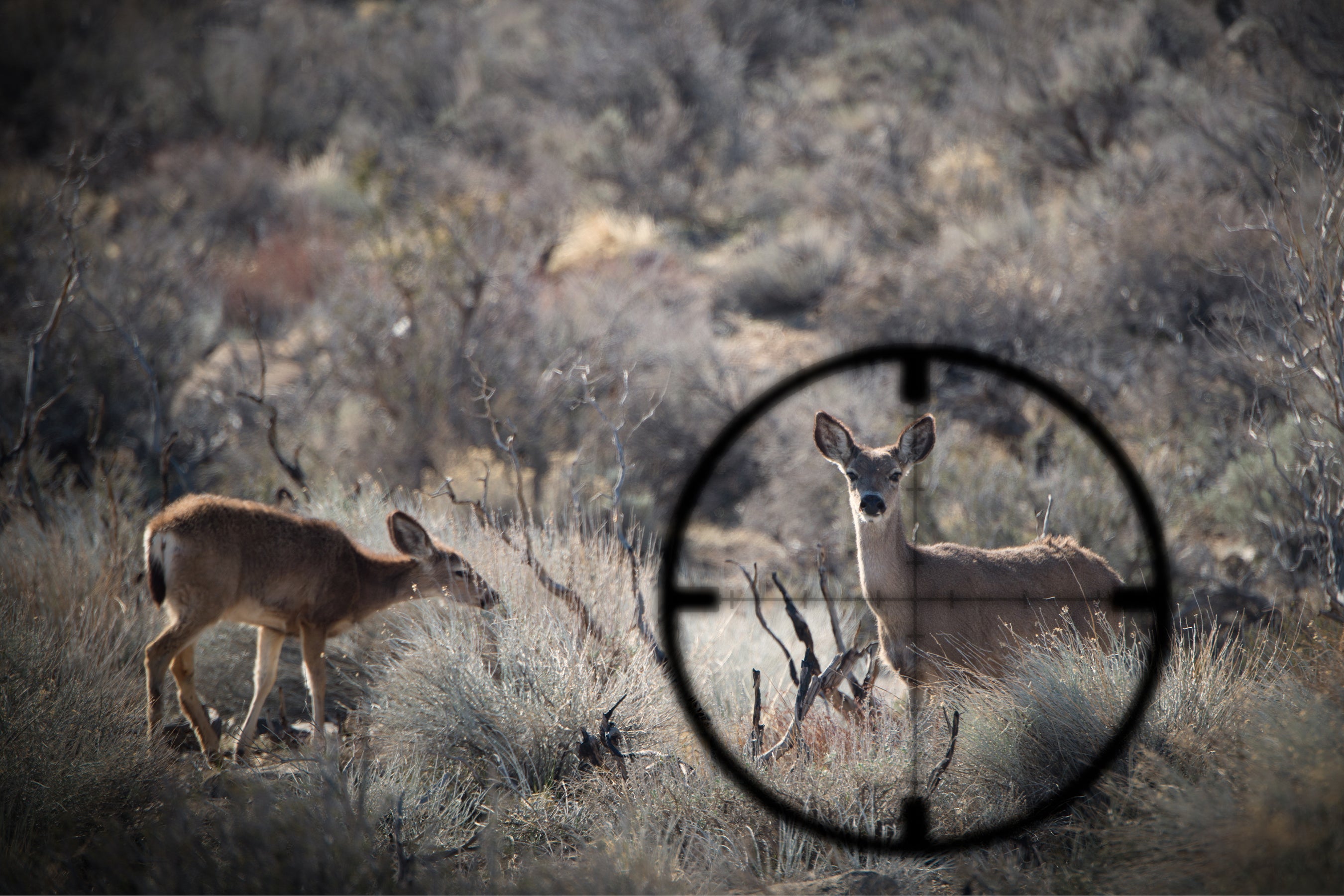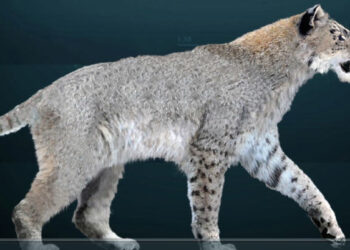
Each fall, millions of hunters across North America make their way into forests and grasslands to kill deer. Over the winter, people chow down on the venison steaks, sausage, and burgers made from the animals.
These hunters, however, are not just on the front lines of an American tradition. Experts say they are also on the front lines of what could be a serious threat to public health: chronic wasting disease.
The neurological disease, which is contagious, rapidly spreading, and always fatal, is caused by misfolded proteins called prions. It currently is known to infect only members of the cervid family — elk, deer, reindeer, caribou, and moose.
On supporting science journalism
If you’re enjoying this article, consider supporting our award-winning journalism by subscribing. By purchasing a subscription you are helping to ensure the future of impactful stories about the discoveries and ideas shaping our world today.
Experts are alarmed about the rapid spread of CWD in deer. Recent research shows that the barrier to a spillover into humans is less formidable than previously believed and that the prions causing the disease may be evolving to become more able to infect humans.
A response to the threat is ramping up. In 2023, a coalition of researchers began “working on a major initiative, bringing together 68 different global experts on various aspects of CWD to really look at what are the challenges ahead should we see a spillover into humans and food production,” said Michael Osterholm, an expert in infectious disease at the University of Minnesota and a leading authority on CWD.
“The bottom-line message is we are quite unprepared,” Osterholm said. “If we saw a spillover right now, we would be in free fall. There are no contingency plans for what to do or how to follow up.”
The team of experts is planning for a potential outbreak, focusing on public health surveillance, lab capacity, prion disease diagnostics, surveillance of livestock and wildlife, risk…
Read the full article here






